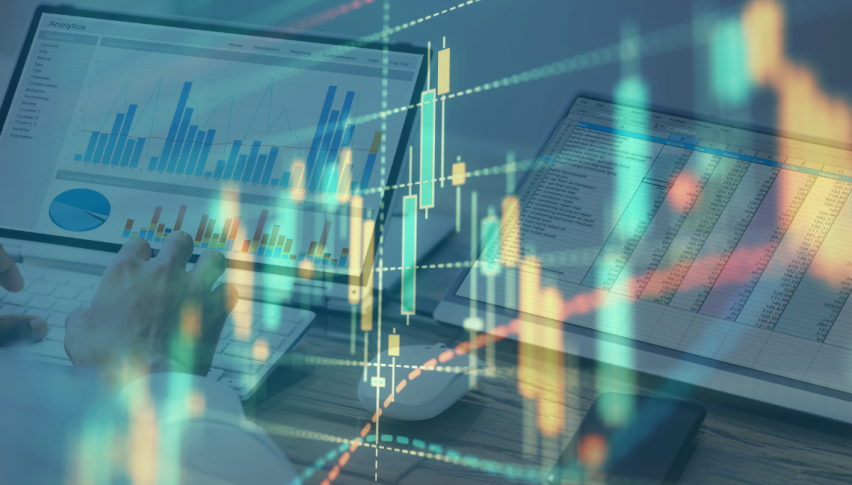US S&P Global Manufacturing PMI Shows Modest Improvement, Edges Higher to 49 in July

In the early weeks of July, a notable deceleration in the growth of business operations within the US private sector was observed, signified by the S&P Global Composite Purchasing Managers’ Index (PMI) declining from 53.2 to 52. This slight drop in the PMI reading came in slightly below the market’s anticipated expectation of 53.1, indicating a less robust pace of economic expansion compared to the previous month.
During the same period, however, there was a contrasting picture in the manufacturing and services sectors. The S&P Global Manufacturing PMI showed a noteworthy improvement, rising from 46.3 to 49, suggesting a potential recovery in manufacturing activity. On the other hand, the Services PMI experienced a decline, falling from 54.4 to 52.4, raising concerns about the services sector’s performance.
In light of the survey’s findings, Chris Williamson, Chief Business Economist at S&P Global Market Intelligence, expressed his assessment, emphasizing the unwelcome combination of several economic challenges in July. He pointed out that the deceleration in economic growth, along with reduced job creation and waning business confidence, is exacerbated by the persistent pressure of inflation. This combination of factors poses a complex economic landscape for businesses and policymakers alike.
Expanding on the overall rate of output growth, which encompasses both the manufacturing and services sectors, Williamson further remarked that the current trajectory indicates a GDP expansion at an annualized quarterly rate of approximately 1.5% during the beginning of the third quarter. While this growth rate may not be ideal for a robust recovery, it does offer insights into the economic trajectory during this particular period.
Market impact
Despite the survey’s revealing data and the concerns raised by the economic indicators, it appears that the US Dollar’s performance against its major currency rivals is not experiencing a substantial impact. The report’s highlighting of slower economic growth, weaker job creation, and less optimistic business confidence has not caused any significant turmoil in the currency market. As of the latest update, the US Dollar Index shows a mere 0.1% increase on the day, with the index reading at 101.18.
Market analysts and traders are likely to interpret the report within the broader context of economic trends and global market dynamics. Various other factors, such as geopolitical developments, central banks’ monetary policy decisions, and changes in investor sentiment, could also be influencing the US Dollar’s performance during this time. Investors often take a cautious and measured approach when evaluating economic indicators, considering both short-term fluctuations and long-term trends.
The overall health of the US economy, trade relations with other countries, and the trajectory of inflation and interest rates are just some of the elements that investors weigh when making currency-related decisions. As the trading day progresses, market participants will continue to closely monitor developments to gauge whether the report’s implications will lead to any noticeable shifts in the US Dollar’s strength or weakness against its major currency rivals. For now, the slight uptick in the US Dollar Index suggests a relatively stable currency performance amid the concerns raised by the economic data.
- Check out our free forex signals
- Follow the top economic events on FX Leaders economic calendar
- Trade better, discover more Forex Trading Strategies
- Open a FREE Trading Account
